Color psychology in design: this is how color influences your target audience's behavior
Did you know that color is a powerful communication tool within design? Without us realizing it, colors guide our behavior, our emotions and our purchasing decisions. In this blog you can read how color psychology works, what meaning colors have and how to use them strategically for your brand.
What is color psychology?
Color psychology is the study of how colors affect human behavior. Each color evokes a particular emotion. Think of the calming effect of blue or the urgency of red. In visual design and branding, this psychology is essential to subtly set the right mood and appeal to your target audience.
Below is an overview of commonly used colors in branding, including their psychological significance:
Blue
Trust, peace of mind, reliability.
Used widely by banks, tech companies and healthcare institutions.Red
Passion, energy, urgency.
Ideal for call-to-actions and promotions.Green
Balance, growth, nature.
Popular with sustainable or healthy brands.Yellow
Optimism, creativity, energy.
Should be used in moderation due to its high intensity.Black
Luxury, elegance, authority.
Often used in high-end branding.ePink
Softness, femininity, playfulness.
Suitable for brands focused on lifestyle and beauty.
Use of color in branding
In consultation with clients, color is deliberately used to reinforce their brand identity. For example, in some projects a deep blue corporate identity was chosen to inspire confidence among business audiences, while other brands chose warm earth tones to create a natural, artisanal atmosphere.
Cleverly combining color with typography and imagery creates a visual identity that is not only beautiful, but also thoughtful and strategic.
Choosing the right color for your brand
Choosing the right colors goes beyond preference or taste. Consider:
Your target audience and their emotional experience
The market in which you operate
The positioning of your brand
The desired action (inform, inspire, convert)
We work with the client to find the right color tone, intensity and combination to create a powerful brand image. The goal is not only visual appeal, but also psychological impact.
Frequently asked questions about color psychology (FAQ)
-
Color psychology studies how colors affect human emotions and behavior. In design, this is applied to reinforce a brand identity and evoke the right mood or action in the target audience.
-
Blue is most associated with reliability, calmness and professionalism. Neutral colors such as gray and dark green can also exude confidence in a business context.
-
Colors can reinforce impulses. Red and orange stimulate action, such as clicking a buy button. Blue and green encourage more thoughtful, calm decisions.
-
It depends on the industry, target audience and brand values. There is no universal "best color," but there are strategic choices that fit with what you want to portray as a brand.
-
Color is often the first thing people notice about a brand. It determines whether a brand comes across as familiar, professional, creative or playful. Consistent use of color also ensures recognition.
-
Start with a brand strategy. Look at your target audience, competition and brand personality. Then get guidance from a designer who knows how to use colors strategically.

